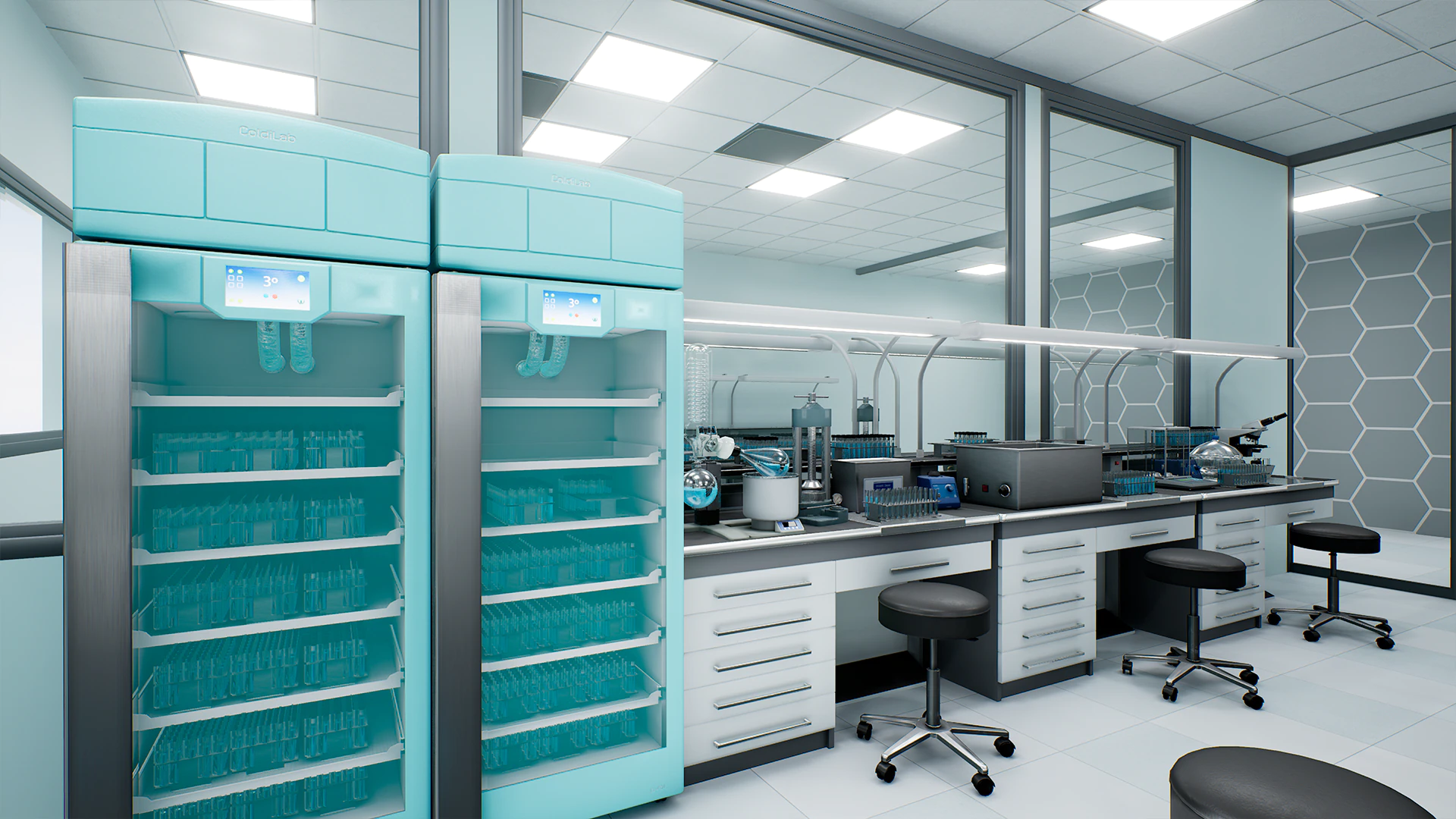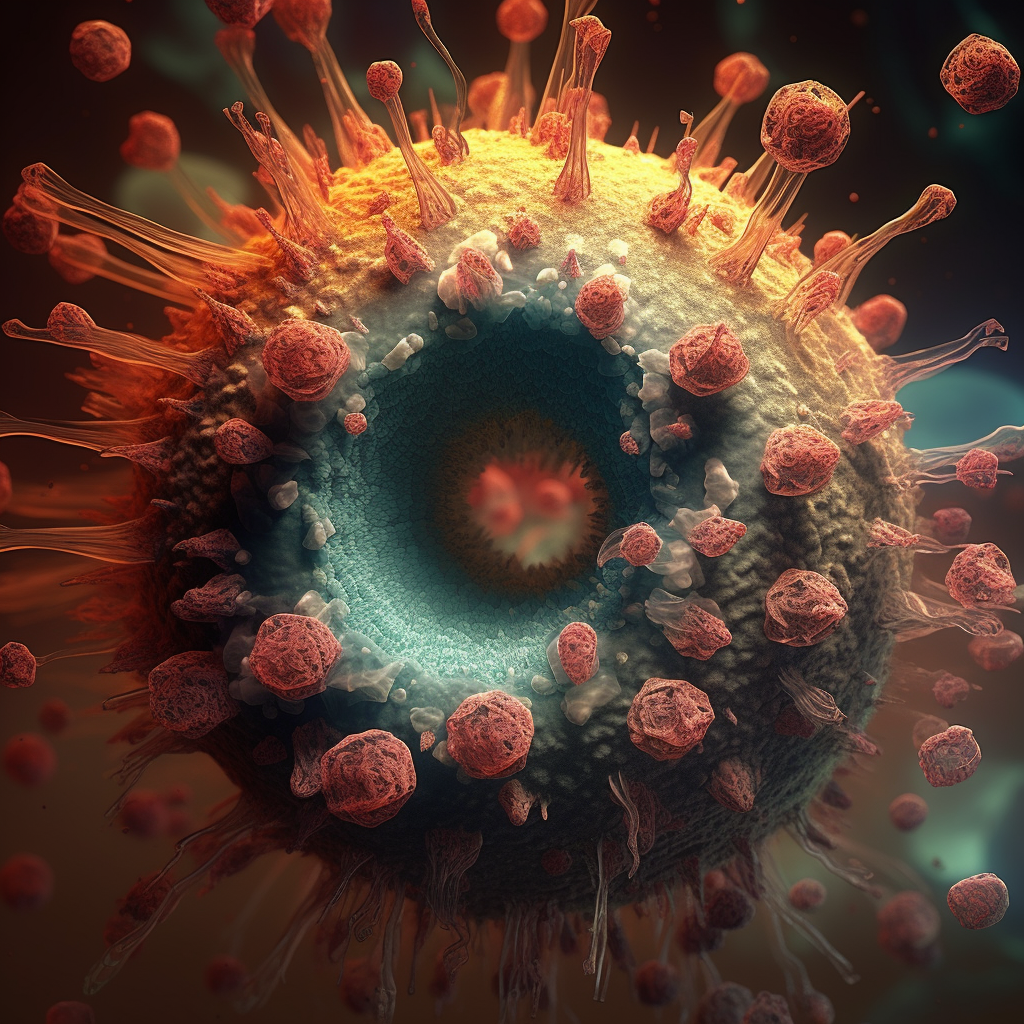VIRTUAL CLASSROOM INSIDE A HUMAN CELL | Using biomaterial analysis to create visual representations of gene therapies in action.
In early 2020 Monte Ritz, innovative technologist Alex Gonzales, and Yale University microbiologist Lucas Sanor began a personal project to develop a virtual classroom inside a human cell as a way to help support scientists and educators problem-solve for emerging gene therapies, CRISPR/Cas9 in particular.
Nobel Prize winners Jennifer Doudna of the University of California, Berkeley and Emmanuelle Charpentier of the Max Planck Unit for the Science of Pathogens Institute for Infection Biology have been recognized for their work on CRISPR/Cas9, a method of genome editing that has profound implications in the fight against cancer and other diseases.
Using Unreal Engine, Cinema4D, and many datasets, the team began developing virtual experiences inside a human cell, observing biomaterial and behaviors of DNA, and offering new ways to present this information so that it can inspire a new generation of scientists, educators, and problem solvers.
Below is a brief glimpse of a few assets. Textures of a DNA strand, biometric interface for gene therapy processes, VR labs and virtual university.





